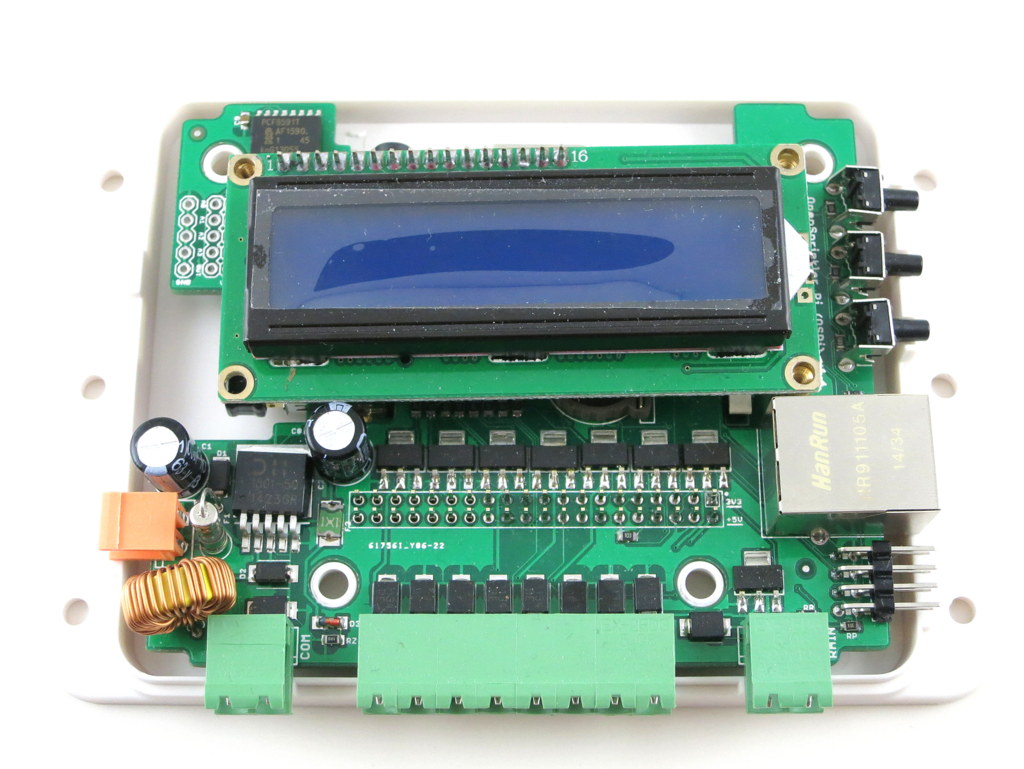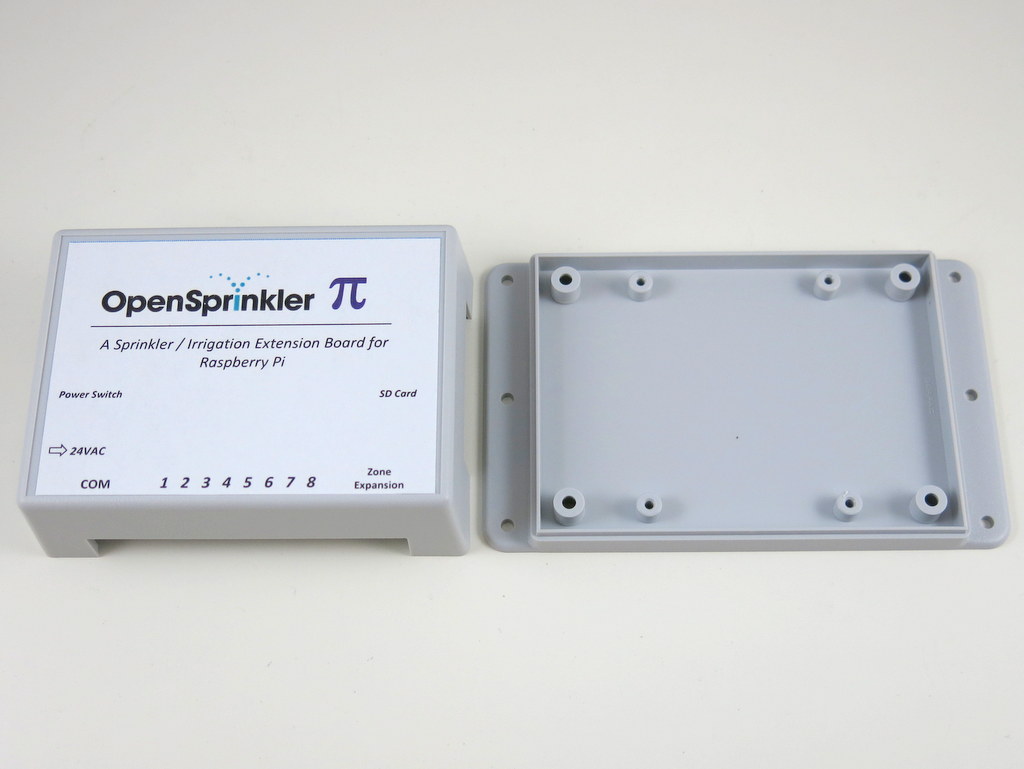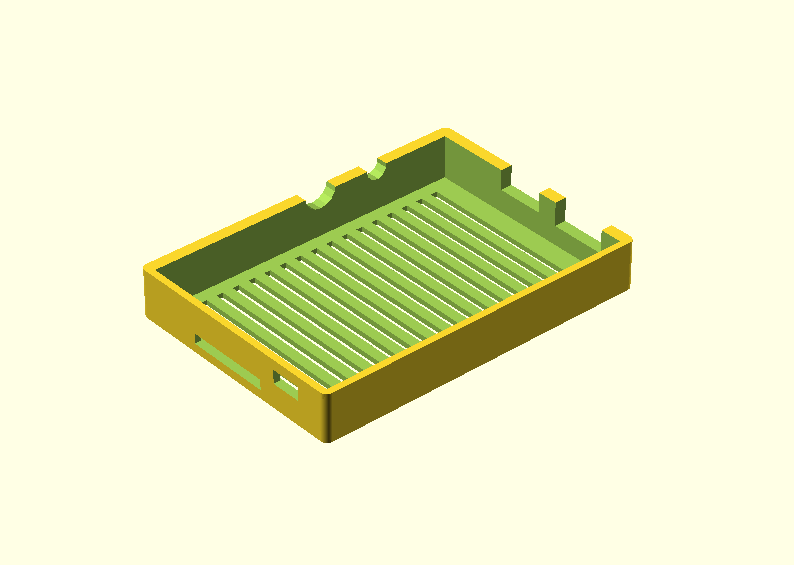

Usually, though, the top one is used as a 3D printer bay, with the bottom one for storing tools. You can use these tables as per your preferences. This enclosure uses a couple of IKEA Lack tables stacked on top of one another. It is cheap, easy to build and customize, and is modular enough to accommodate any future changes in the enclosure design. The IKEA Lack enclosure is a recognizable and robust DIY 3D printer enclosure. These are typically made out of plastic or aluminum and come with all the necessary fixtures and fittings.Īnother alternative is to simply buy an enclosed 3D printer, but those come at a significantly higher cost. If you’re looking for an enclosure that is easy to set up and does not require any DIY skills, then we suggest buying an off-the-shelf 3D printer enclosure. The best enclosures are made from materials that are both sturdy and have good thermal insulation properties.

You can buy an enclosure off-the-shelf or make your own from scratch.ĭIY 3D printer enclosures can be cheap if you want them to be, but they do require a bit of effort and time to put together.

There are a few options when it comes to 3D printer enclosures. To summarize, a 3D printer enclosure increases the material compatibility, print quality, and usability of your printer. Not to mention, enclosures also make 3D printers more aesthetically pleasing and easier to integrate into your workspace. You can also add an air filtration system to the enclosure to filter out any 3D printer fumes, thus increasing the safety of your 3D printing area. It further aids in noise reduction, making 3D printing at home or in offices more convenient. It helps to maintain a constant temperature which comes in handy when 3D printing with high-temperature filaments like ABS and Nylon. There is also a risk of pets and children interfering with the 3D printing process or touching the hot elements of the printer.Īn enclosure minimizes these drawbacks by isolating the 3D printer in an enclosed space. They expose components to dust and dirt and have no air-filtration system. Open-frame hobbyist 3D printers offer limited material compatibility and safety. 6 Conclusion Why Use a 3D Printer Enclosure?


 0 kommentar(er)
0 kommentar(er)
